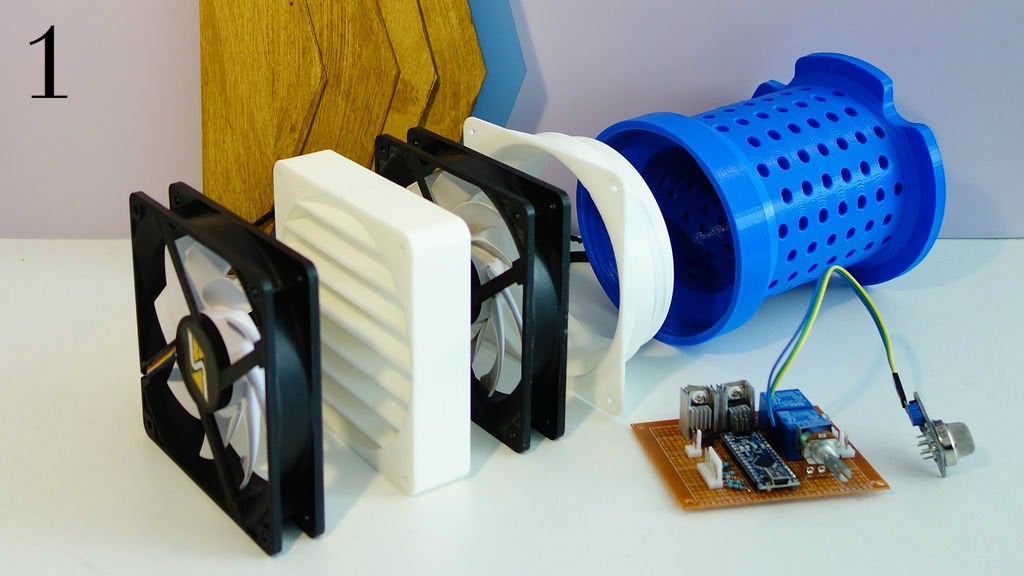In any discussion about climate change, renewable energy usually tops the list of changes the world can implement to stave off the worst effects of rising temperatures. That’s because renewable energy sources such as solar and wind don’t emit carbon dioxide and other greenhouse gases that contribute to global warming. And in solar energy especially, photovoltaic panels are being looked upon as the perfect solution. This is because photovoltaic panels can convert light directly into electricity and also they don’t need to be installed in form of big projects like thermal/nuclear power plants or wind turbines. They are like the cryptocurrency of the energy industry(decentralized energy production). But widespread adoption of these systems will still take years to come because of the high initial investment required, one way to solve this is to make solar farms on empty patches of land.
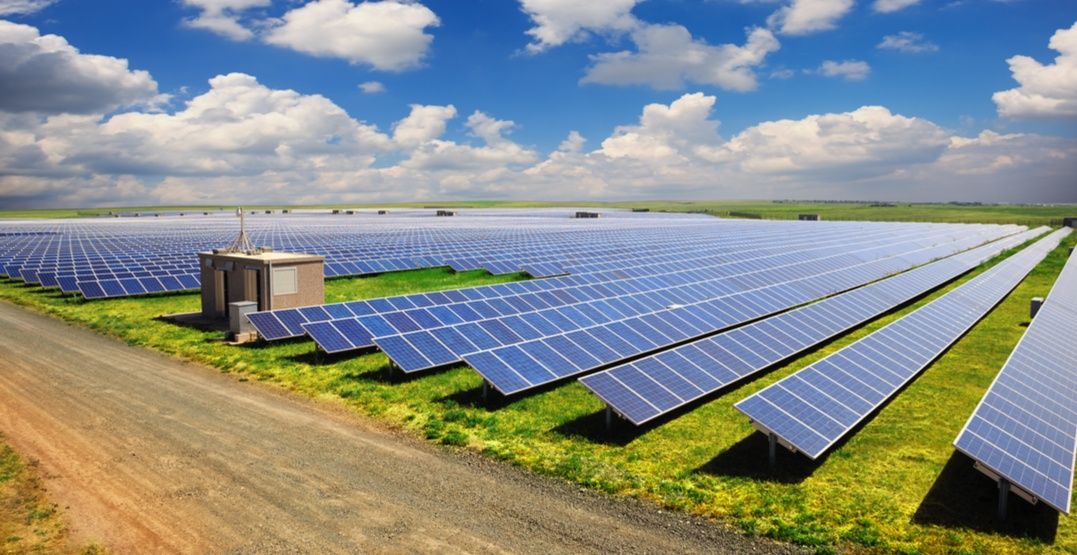
The one big disadvantage of this method is that it takes away precious land which could have been used for agriculture and also high land costs which further makes the production un-economical due to competition by cheap sources of energy generation like fossil fuels. One solution to this is the adoption of agriphotovoltaics/agrivoltaics.
What is Agrivoltaics?
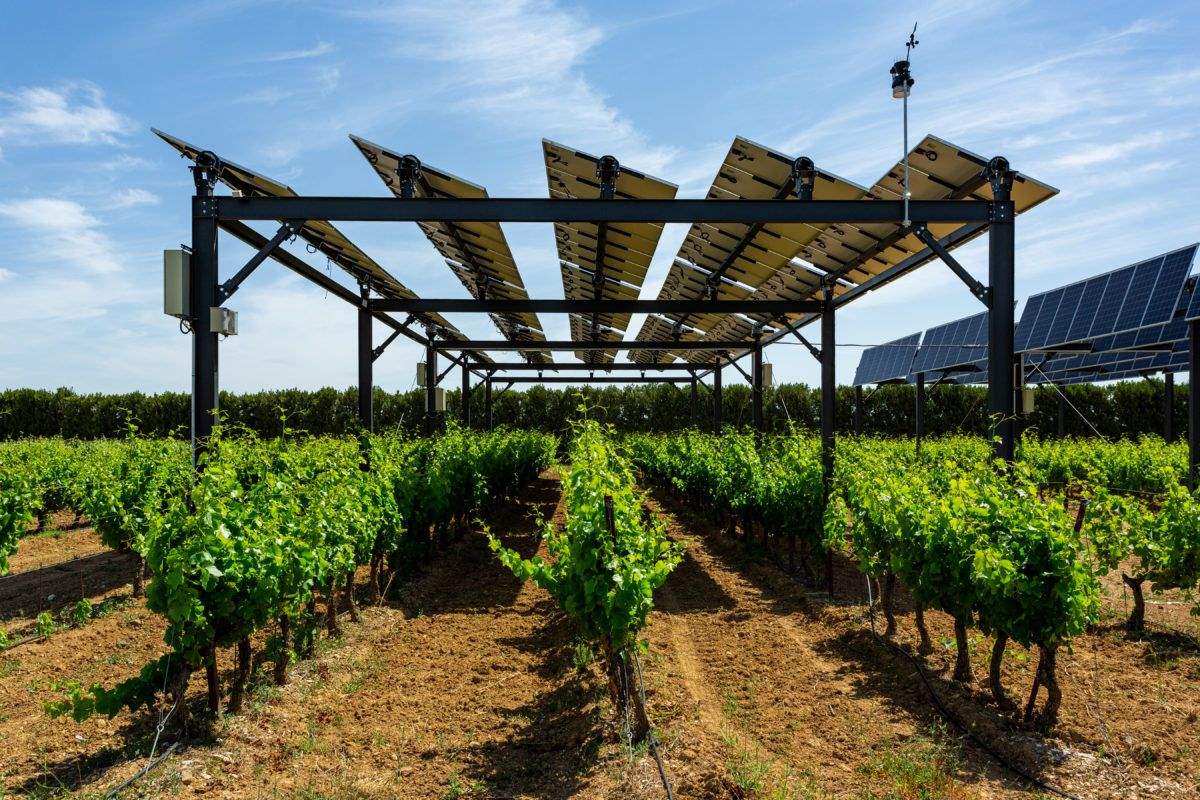
Agrivoltaics is a concept where you install solar panels 10-20 feet above your crops, with this you can use the same land for crop production and energy production. What might come to your mind must be that this system will reduce the sunlight available for the crops and the crop growth might take a hit? Well no, and that’s the counter-intuitive thing here, these systems actually improve the crop yield by up to 25%. This is because most crops just require mild sunlight and harsh sunlight in fact reduces the production and also evaporates more water and also shrinks leaves, fruits, and flowers. This system also reduces the water consumption significantly too. The mild shadow also increases the number of pollinating agents, thereby increasing fruit/vegetable production too.
Not only this, the panels have a symbiotic relationship with the plants, as they generate more electricity because the water evaporated from the leaves cools down the panels and the silicon junctions(solar cells) in the panels perform significantly better when operating at lower temperatures.
This seems like a blindingly obvious solution, so… what’s stopping this?
Infrastructure and economics
Technological and economical barriers contribute greatly to the low adoption. Here I suggest some solutions to some major problems
Modular Systems
Agrivoltaic systems require big support structures of up to 20ft high, and to get these installed the farm owner will have to get these custom engineered and fabricated, and this significantly increases the costs making the system uneconomical. One way to get through this is to manufacture modular systems which consist of prebuilt frames with compatible solar panels and to be sold as a package, mass production of these structures can significantly reduce the prices and also emit the costs incurred by custom engineering and fabrication. The solar panels already are almost plug and play, anyone with basic knowledge of electricals can install them. There is a huge opportunity to start a kit-selling business.
The efficiency of solar panels reduces significantly when covered with dust, to solve this regular cleaning is required, cleaning systems consisting of sprinklers and rain gutters can be integrated into these modular systems easily which would have been very difficult and expensive in the case of custom fabricated solutions.
A New Way of Distribution
The energy produced needs to be distributed, the current way of doing this is to sell it to the state by connecting your solar farm to the grid. This method is economically unrewarding to the producer as the remuneration paid by the government is quite less, in India you buy electricity from the grid at price of Rs.7.5-9 ($0.1-0.12) plus extra charges while the government buys electricity fro you at Rs.2-3.5 ($0.025-0.045). This huge difference in tariffs is definitely not helping the adoption by farm owners and domestic households too.
One way to come across this obviously is to optimize the government tariffs while the other way which can be adopted is solar pooling, here you set up your own distribution system, it can be as small as sharing it to your neighbors or providing electricity to your entire village. This is like a decentralised grid. This will be economically rewarding for the producer and the consumer as both will get electricity at a fair price.
Vertical Farms and Greenhouses
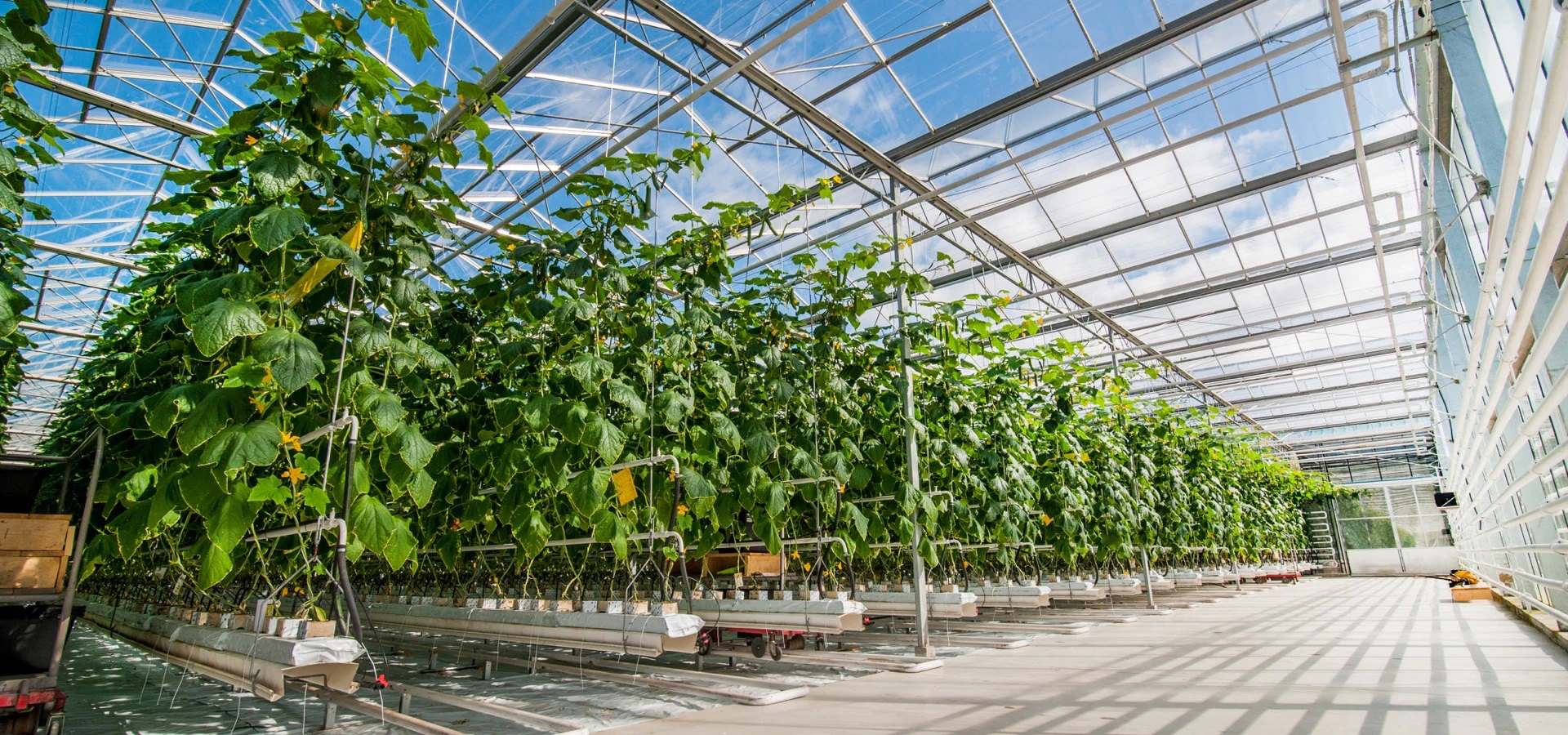
Vertical farming is the practice of growing crops in vertically stacked layers. It often incorporates controlled-environment agriculture, which aims to optimize plant growth, and soilless farming techniques such as hydroponics, aquaponics, and aeroponics.
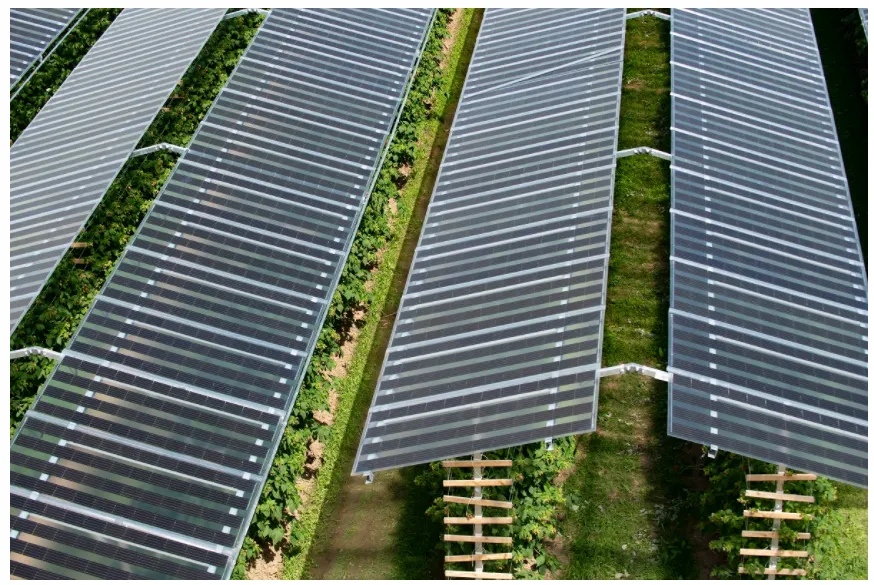
These systems are usually covered with greenhouses with shaded roofs as the plants chosen require just mild sunlight or use artificial lights, the roofs of these greenhouses can be equipped with solar panels which can cover the place as well as generate electricity.
Initiatives & Awareness
Keeping aside the technical and financial barriers, a lot needs to be done to ensure mass adoption to generate electricity at costs in par with conventional fossil fuel sources to do something about the climate. There is a huge opportunity waiting to be unlocked in this sector by providing end-to-end solutions to farm owners. A lot of research is in progress which is enabling us to learn more about the right variety of plants to grow, the right locations, and the right type of panels. We also require a smarter grid that can handle the varying power loads and also has storage in form of batteries to provide for electricity at night. We get to see new panels with higher efficiencies, panels with increased gap size to allow more light, translucent and transparent panels etc every day. The prices for solar panels have also dropped from $10/watt in 2008 to $0.5/watt in 2020, this is giving tough competition to the non-renewable sector.
Proper initiatives also need to be taken by the state to ensure mass adoption, China, which is known for not doing anything at a small scale has already installed 4,000 MW(1% of India’s total power production!) of agrivoltaic systems just in pilot phase! European and American countries are also catching up fast! In pilot projects in deserts of Africa, these systems have made agriculture possible on pieces of land where it was impossible earlier. Big energy companies are also pivoting their business model toward renewable energy production too.
The next critical step for the solar industry, then, is not so much technical as economic: it is time for companies to figure out how to generate not just clean energy but also good financial returns. For those that do, the rewards could be tremendous. Those that don’t may not survive.
I am attaching some good resources which you can use to learn more about this.
Agrivoltaics. An economic lifeline for American farmers?
Solar Panels Plus Farming? Agrivoltaics Explained
I hope you liked the article, do reach out to me if you havae any suggestions/feedbacks. Subscribe to my newsletter if you want articles like these to be deliviered straight to your Inbox! Thank You!
 Vaibhav Devnani
Vaibhav Devnani 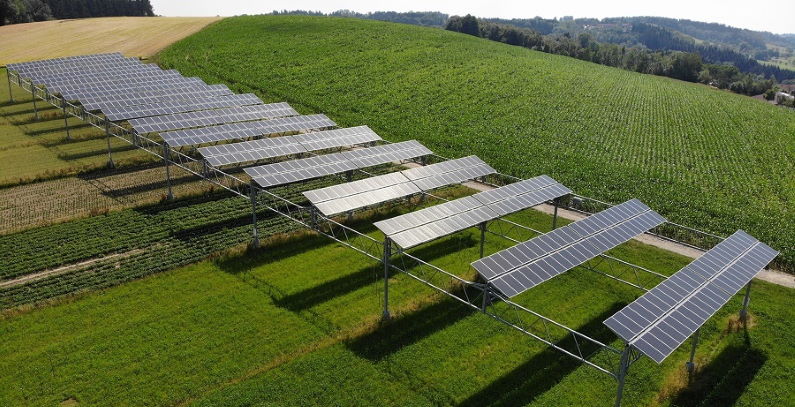
 BITS-UNXTE
BITS-UNXTE